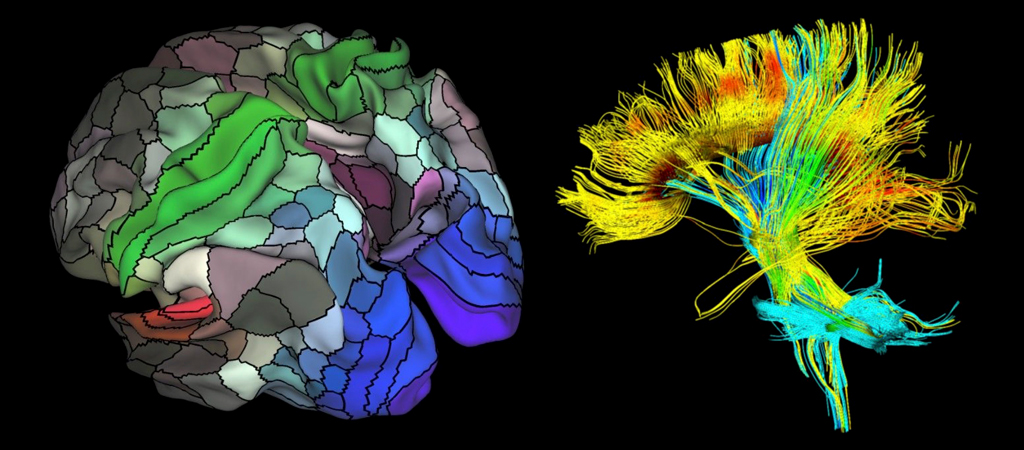Michael Jacob is a psychiatrist and neuroscientist at the University of California in San Francisco, working on a project for Human Energy about the Global Brain. He and his team are in the early stages of trying to understand parallels and differences between the functioning of individual human brains and the large-scale collective consciousness that is currently taking shape in human society — in the noosphere.
To Teilhard, understanding both the parallels and differences between a single brain and the global superorganism’s “Brain of brains”were critical to understanding his vision of how the noosphere was taking shape. He described it thusly:
“Between the human brain, with its milliards of interconnected nerve cells, and the apparatus of social thought, with its millions of individuals thinking collectively, there is an evident kinship which biologists of the stature of Julian Huxley have not hesitated to examine and expand on critical lines. On the one hand we have a single brain, formed of nervous nuclei, and on the other a Brain of brains. It is true that between these two organic complexes a major difference exists. Whereas in the case of the individual brain thought emerges from a system of nonthinking nervous fibers, in the case of the collective brain each separate unit is in itself an autonomous center of reflection. If the comparison is to be a just one we must, at every point of resemblance, take this difference into account.”
But how to take that difference into account? In 1947, when Teilhard wrote those words, available scientific methods of probing into the functioning of human brains were crude at best. In addition, the direct, electronic connectivity of the global brain was in its infancy, through radio, television, and telephone.
Today, Michael and his team have access to advanced methods of observing brain activity down to the level of individual neurons, and the direct electronic connectivity of the global brain — via the Internet and social media — is an everyday reality.
The questions they’re trying to answer focus on two types of connectivity, both in individual brains and in global society. These are known as structural connectivity and functional connectivity. These are not easy to tease out in either setting, and their research, as mentioned, is still in its early stages.
They are trying to answer big, important questions that are critical to future of humanity and the planet, and central to Human Energy’s mission. To quote from the description of their research goals:
“This proposed comparative functional connectivity project integrates humans with technology in the emergence of the global brain without conceptualizing human beings in solely technological or mechanistic terms . Unlike Dataist theories that consider the emergence of a global AI, this project considers functional connectivity from the perspective of an active, living organism that cannot be pre-programmed. Societies inform and reflect the meaning, ethics and values that creatively emerge from individual human beings. The noosphere will only be as ethical as the humans and societies that compose it.”
This conversation between Michael and David Sloan Wilson is a fascinating and important addition to our series of explorations into the
Science of the Noosphere.
